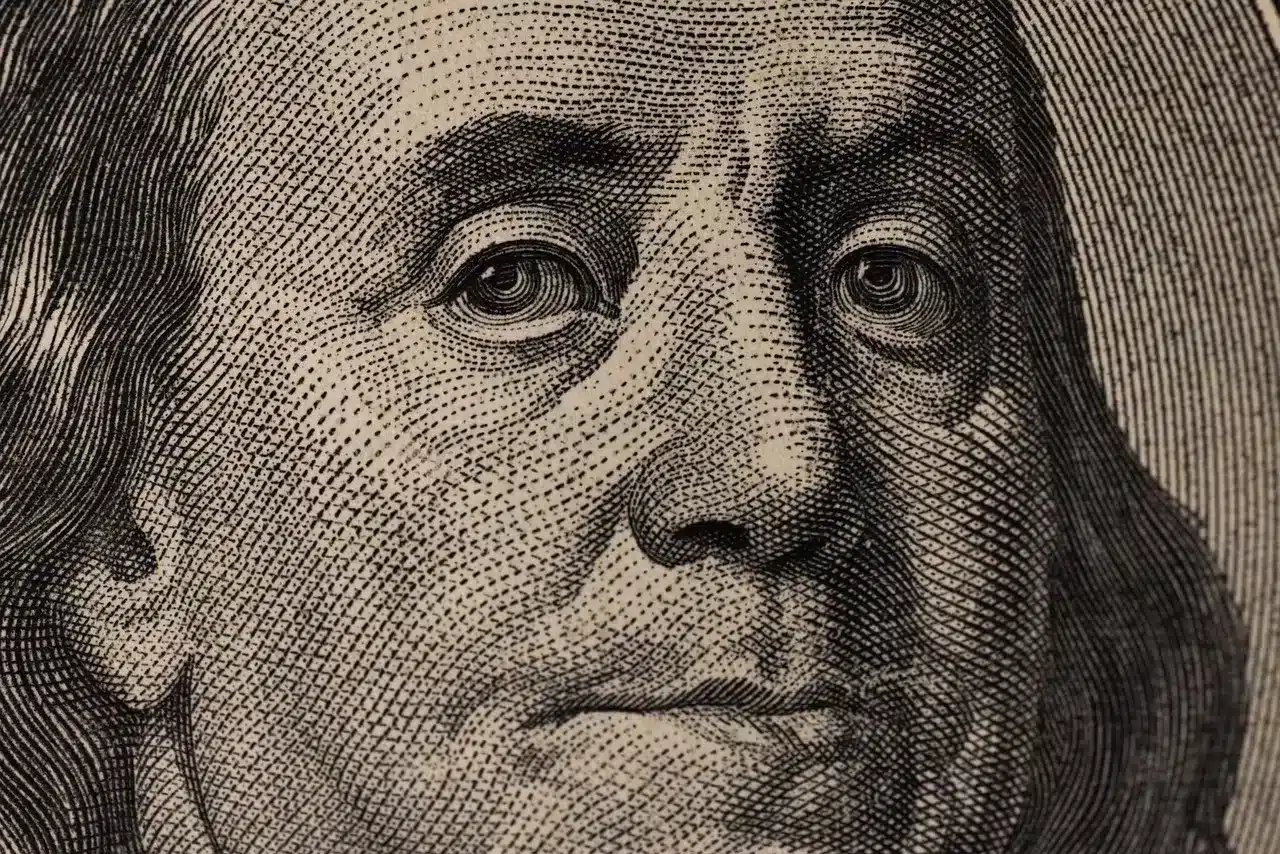As the year draws to a close, the looming question on everyone’s mind is: what will the world and financial markets look like in 2025? Adding to this uncertainty is the fact that, in less than a month, Donald J. Trump will once again assume office as the 47th President of the United States. Trump’s election in 2016 marked a pivotal moment in U.S. economic policy, as his first term introduced numerous unconventional measures, including outspoken criticism of the Federal Reserve (Fed) and its Chair, Jerome Powell. Concerns are now rising that Trump’s second term could further escalate pressures on the central bank’s independence. Given that monetary stability forms the bedrock of a well-functioning economy, any interference with the Fed poses a significant risk.
The Role and Independence of the Federal Reserve
The Federal Reserve is a cornerstone of the U.S. economy and financial market stability. Since the Treasury-Fed Accord of 1951, the Fed has enjoyed relative autonomy from the White House. This separation has been widely recognized as crucial, as it enables central banks to make decisions insulated from political populism, ultimately serving long-term economic goals more effectively.
During his first term, Donald Trump made it clear that he had his own vision of monetary policy. His public critiques of the Fed—including accusations that Powell was too slow in lowering interest rates—were unprecedented in modern U.S. history. Trump even considered measures of questionable legality, such as demoting Powell or firing him altogether. Although these actions never materialized, the mere suggestion of such interference alarmed markets and financial institutions. With Trump’s return to the presidency, fears of renewed efforts to curtail the Fed’s independence are back on the table.
Potential Changes Under Trump’s Second Term
As president, Trump has the authority to nominate members to the Federal Reserve Board of Governors when vacancies arise. While these nominations require Senate approval, Trump could push for candidates who align with his economic views, influencing Fed policy. Although Jerome Powell’s term as Chair does not expire until May 2026, Trump could nominate a successor more aligned with his philosophy after Powell’s term ends. A less obvious but equally concerning scenario involves prematurely designating a successor, potentially undermining Powell’s authority and creating decision-making chaos if the future chair’s policies conflict with Powell’s current stance.
Risks of Political Pressure on the Fed
Heightened political pressure on the Fed introduces at least two major risks. First, there is the danger of inflation. Calls for rapid interest rate cuts during periods of strong economic performance could lead to long-term overheating and, ultimately, high inflation. Overly loose monetary policy also heightens the risk of speculative bubbles in financial markets. Second, overt political interference could erode trust in the Fed’s independence among investors and citizens. A central bank perceived as politically compromised loses its ability to effectively counter crises and foster economic stability.
The least harmful scenario might involve Trump resorting to sharp public criticisms of the Fed without taking concrete actions to limit its independence. During his first term, threats against Powell largely remained rhetorical, and the Fed, despite heavy criticism, maintained its relative autonomy.
Why Central Bank Independence Matters
In the long run, economies fare best when monetary policy is left in the hands of technocrats—experts conducting independent analyses, free from the influence of political priorities. This approach benefits not only the Fed but also the presidential administration, which can count on stable and predictable monetary policy. What does the immediate future hold for monetary policy under Trump’s leadership? The world will soon find out.
Author: Krzysztof Kamiński, Oanda TMS Brokers
Source: ceo.com.pl
